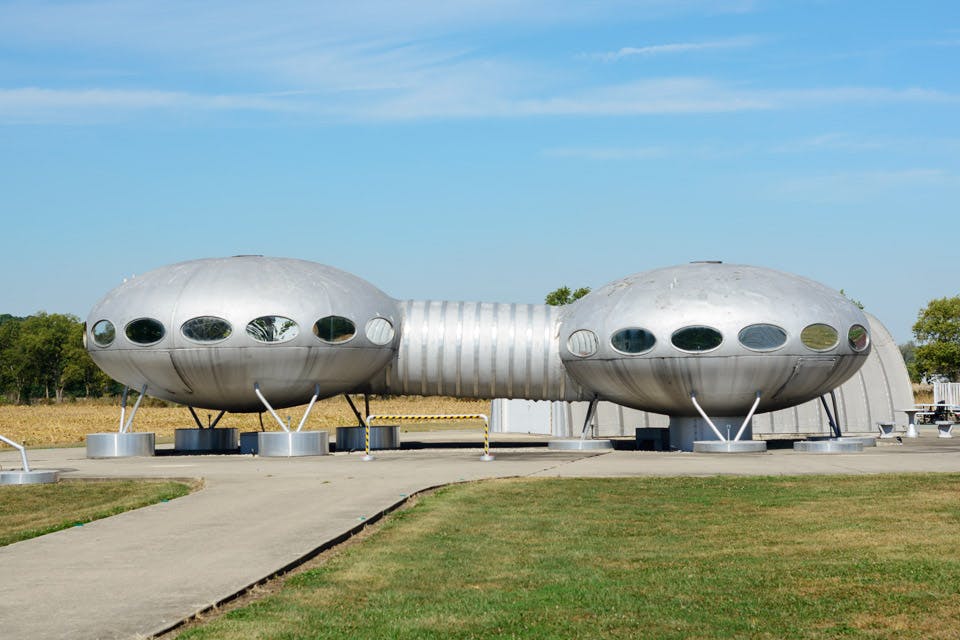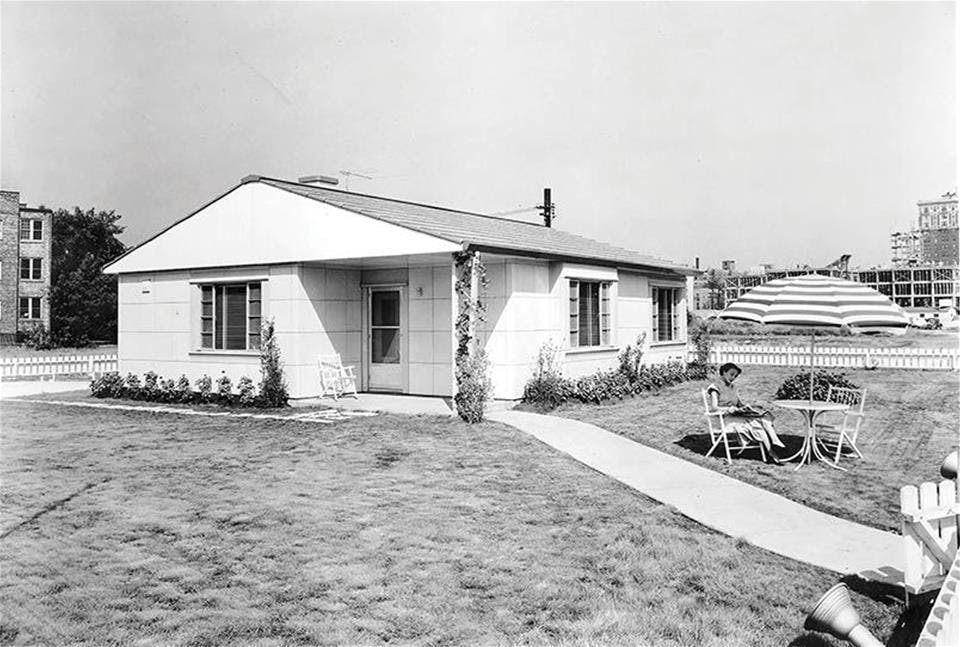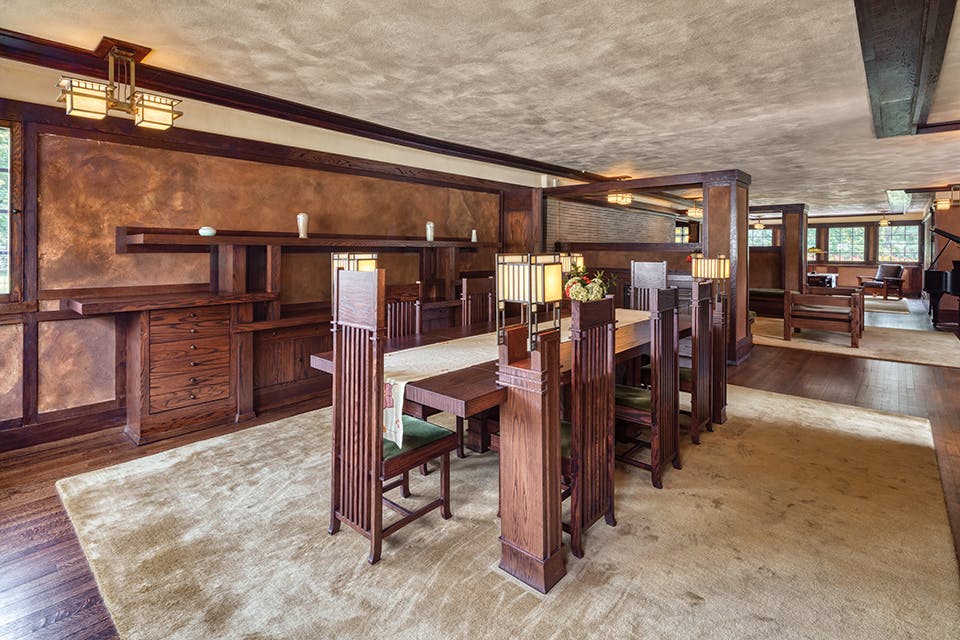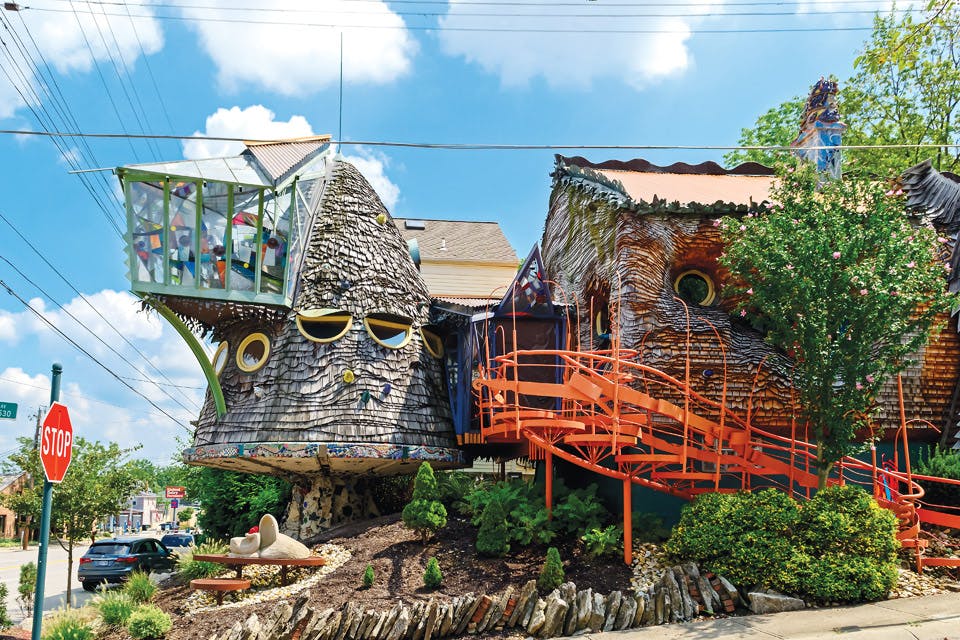Ohio Life
Mushroom House, Cincinnati
Architect Terry Brown’s landmark is the result of a lifetime of inspiration and more than a decade of construction.
Related Articles

The Futuro House, Carlisle
This short-lived design for a space-age abode lives on in Carlisle, Ohio. READ MORE >>

The Rise and Fall of the Lustron Home
Lustron Corp. hoped its prefabricated steel homes would address the need for postwar housing. The company’s Columbus factory closed after making just 2,600 homes, most of which still stand today. READ MORE >>

How Springfield Saved Its Frank Lloyd Wright Home
The Westcott House went through modifications that marred the architect’s original vision and decades of dilapidation before a community effort brought it back to its original splendor. READ MORE >>



